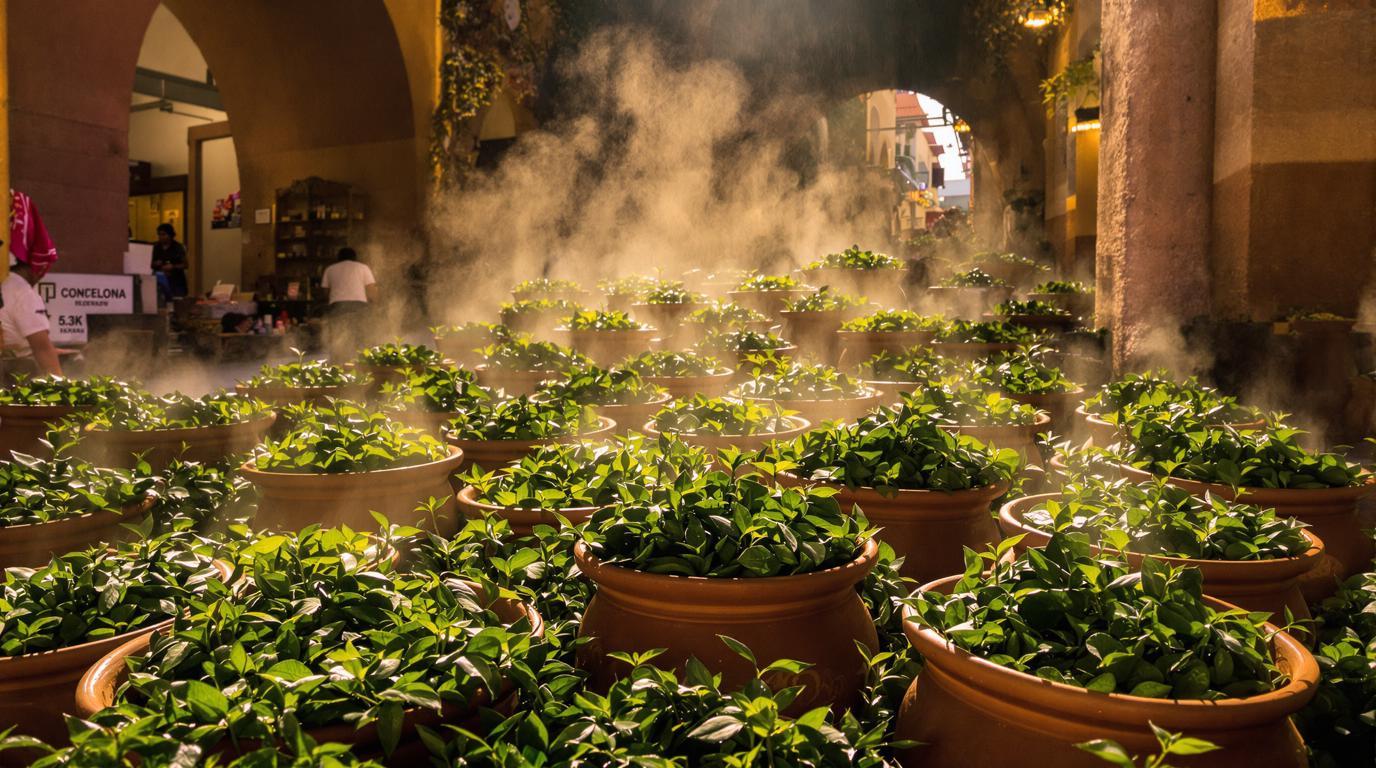Did you know that coca leaves, the sacred plant of the Andes, have been consumed for over 4,000 years in South America? This remarkable plant plays a central role in Peruvian culture and offers travelers a fascinating glimpse into ancient traditions that continue to thrive today.
The cultural significance beyond the controversy
While often misunderstood globally, coca leaves are revered in Peru as a sacred gift from Pachamama (Mother Earth). Used in religious ceremonies and daily life, these leaves represent an unbroken cultural thread connecting modern Peruvians to their Incan ancestors. Visitors can experience authentic coca traditions in places like Cusco’s San Pedro Market, where vendors carefully arrange bundles by color and potency.
“For us, coca is not a drug—it’s medicine, it’s spiritual connection, it’s our heritage,” explains Manuel Quispe, a traditional healer from Cusco. “When foreigners try coca tea, they begin to understand its true purpose.”
Natural remedy for altitude sickness
For travelers visiting high-altitude destinations like Cusco (11,152 feet) or Puno (12,556 feet), coca tea becomes more than a cultural curiosity—it’s practical medicine. The leaves contain compounds that increase oxygen absorption, dilate blood vessels, and reduce nausea. Most hotels in the Andean highlands offer complimentary mate de coca in their lobbies, a thoughtful welcome for altitude-adjusting visitors.
If you’re planning to visit other high-altitude destinations, you might be interested in this French mountain retreat where you can sleep under the Milky Way in transparent geodesic domes at 1800 meters.
Unexpected flavors: Culinary coca experiences
Beyond traditional tea, innovative Peruvian chefs have incorporated coca into contemporary cuisine. In Lima’s upscale Miraflores district, restaurants serve coca-infused desserts like coca leaf ice cream, offering a subtle minty flavor with earthy undertones. Coca flour appears in artisanal bread, while coca-infused chocolates make for unique souvenirs (though remember, exporting coca products is prohibited).
The hidden coca museum of Cusco
Tucked away in Cusco’s historic center, the small but fascinating Coca Museum provides cultural context for the plant’s 4,000-year history. Housing ancient ceremonial vessels, traditional harvesting tools, and interactive exhibits, this hidden gem rarely appears in standard tourist itineraries but offers crucial perspective on coca’s legitimate role in Andean culture.
After exploring Peru, you might enjoy this island vineyard that harvests an incredibly rare grape just 40 minutes from Venice’s St. Mark’s Square.
Coca rituals: Spiritual connections
In remote Andean villages, coca leaf reading (similar to tea leaf divination) remains a serious spiritual practice. Local shamans select perfect leaves, arrange them in sacred patterns, and interpret their positions to provide guidance. These ceremonies typically begin with an offering to Pachamama, when three perfect coca leaves (k’intu) are buried or burned as a sign of respect.
“When we read the coca leaves, we connect with ancestors who guide us,” says Sofia Mamani, a fourth-generation leaf reader from Puno. “The leaves always tell the truth if you know how to listen.”
Legal status: What travelers should know
Travelers should understand that while coca leaf consumption is perfectly legal in Peru, Bolivia, and parts of Colombia, attempting to bring leaves or products home is strictly prohibited. Enjoy the authentic experience locally, whether sleeping in unique accommodations like this century-old yacht in Stockholm or exploring this affordable cave hotel in Turkey with views of hot air balloons.
Photographing coca culture
For photographers, coca culture offers stunning visual opportunities. The emerald green leaves against terracotta vessels create striking compositions, especially in morning light at San Pedro Market. Capture the silver and coca leaf kintus (offerings) at Lake Titicaca during sunset, when golden hour bathes the ritual in magical light.
For more stunning natural landscapes, consider visiting Tasmania’s unique coastline with orange boulders on squeaking white beaches.
The coca leaf remains one of Peru’s most misunderstood treasures—a botanical bridge between ancient wisdom and contemporary culture. By experiencing coca in its authentic cultural context, travelers gain insight into the profound connections between people, plants, and place that define the Andean world. From easing altitude symptoms to opening windows into spiritual practices, this humble leaf offers travelers an experience that transcends the ordinary.
